
views
- Start with a cool oven. While it might be tempting to try and remove the foil while the oven is still hot, it's not worth the risk.
- Try scraping the foil off with a razor blade. Hold the blade at a 45-65 degree angle and scrape off as much of the foil as you can.
- For particularly stubborn places, try a chemical solution such as Easy Off, Naval Jelly Rust Remover, or The Works.
Let the oven cool completely.
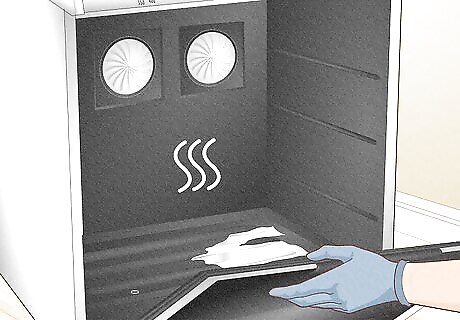
Wear gloves, a dust mask, and open the windows to protect yourself. If the foil has just melted, resist the urge to try removing it while it’s still hot—it’s just too dangerous. You’re also likely going to need to use some chemicals to get the foil off, so put rubber gloves and a dust mask or respirator on. Open the windows and turn some fans on to keep any fumes you’re going to create from building up inside.
Scrape the foil off with a razor blade.
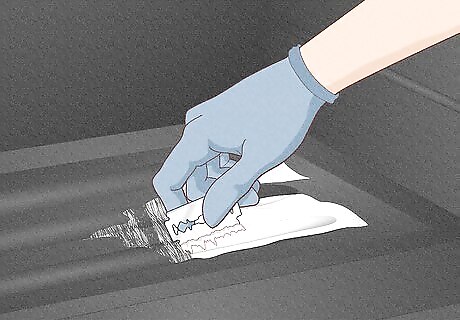
Remove as much of the foil as you can by scraping it off. Take a razor blade and drag it over the aluminum foil at 45- to 65-degree angle. Continue scraping the melted aluminum repeatedly. If the foil flakes off and you’re making progress, keep at it. However, if you aren’t getting a lot of the aluminum up, move on to stronger solutions. You can use a stiff, metal spatula instead of a razor blade if you prefer. Unless your razor blade is extremely dull, this shouldn’t scratch your oven. This is the only way to remove aluminum foil from a glass stovetop. Chemicals and acids will stain or crack your stovetop, so you can only use a razor blade. You can always remove the old cooktop and install a new one if you prefer.
Spray the foil with Easy Off.
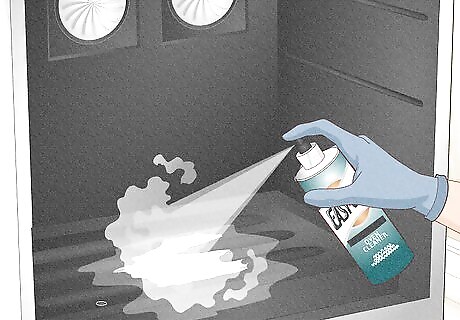
Easy Off is a powerful caustic cleaner that melts aluminum. Grab a can of Easy Off, shake it a few times, and hold the nozzle 8–12 inches (20–30 cm) from the melted foil. Cover each section of the aluminum with a thin layer of Easy Off. Wait 24 hours and then scrape the aluminum foil with a razor blade or spatula. When you’re done, wipe the inside of the oven with paper towels or a rag and rinse any damp residue off with water. You can buy Easy Off online or at any store that sells cleaning supplies.
Use Naval Jelly Rust Remover.
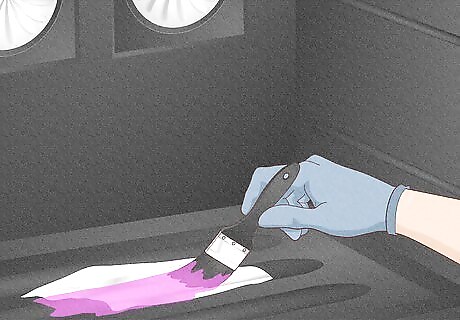
Naval Jelly contains phosphoric acid, which eats through aluminum. Pour a little bit of Naval Jelly Rust Remover into a plastic container. Dip a paintbrush into the Naval Jelly and coat the melted aluminum in the rust removal paste. Wait 24 hours for the acid to dissolve the aluminum foil and scrape the remaining foil off. There will be a chalky residue left behind, so scrape that stuff up with a wire brush and wipe the area with a damp cloth to clean it up. There’s a stern warning on the back of Naval Jelly that says not to use it on aluminum. That’s because it destroys it, which is actually what you want here. Discard the paintbrush when you’re done or rinse it thoroughly under water. You can purchase Naval Jelly Rust Remover online or at any store that sells cleaning supplies.
Give The Works a shot.
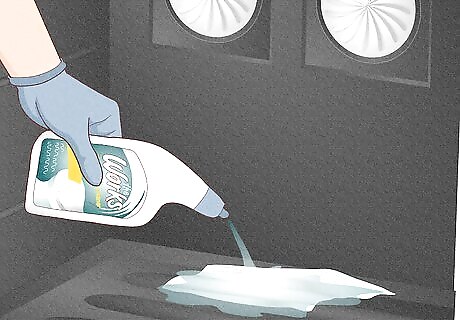
The Works contains hydrochloric acid, which will do the job. Pour a small dollop of The Works directly on the melted aluminum foil. Spread it over the foil with a brush or a fully-gloved finger. Wait at least 10 minutes for the cleaner to dissolve the foil and bubble up. Wipe the toilet cleaner off with a paper towel and scrape foil off as needed. Scrub the area with soap and water when you’re done. Hydrochloric acid and aluminum will create hydrogen gas, so make sure your home is well ventilated and don’t start any fires (do not turn the oven on, either).
Try baking soda and vinegar.
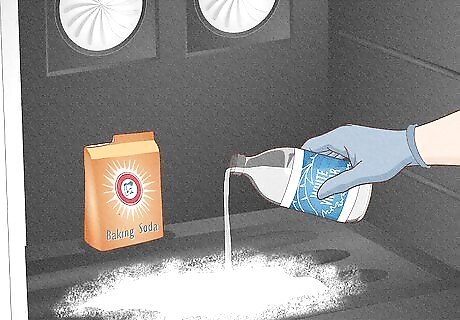
This natural combination may remove the aluminum foil. Sprinkle baking soda over the melted foil. Then, pour white vinegar on top of the baking soda and allow it to fizzle up. Wait at least 24 hours and then try scraping the aluminum foil up with a razor or a spatula. Once all of the aluminum foil is up, wipe the surface down with a damp rag. You may need to do this multiple times to fully remove the melted foil.
Use a wet towel to soften the foil.
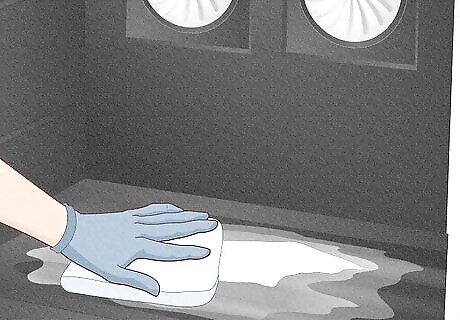
If the foil still won’t give, try softening it up with moisture. Soak a towel with water and wring the excess out so that the towel isn’t dripping. With the oven off, set the towel on top of the aluminum foil and close the oven door. Wait 24 hours and then remove the towel and use any kind of oven cleaner to scrape the remaining foil away. You can also try to heat the towel at the lowest temperature to fill the oven with steam. If you do this, put the towel on the oven rack, monitor the oven while you do it, and remove the towel as soon as the steam fully covers the oven door.
Leave the aluminum foil.
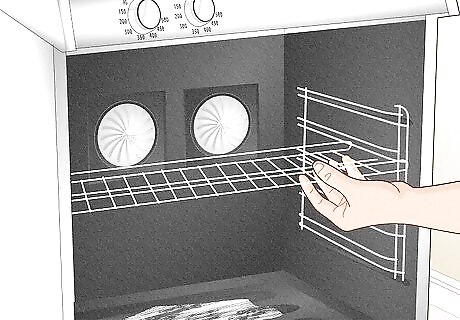
It doesn’t look great, but the melted foil is purely cosmetic. Once the foil has fully merged with the metal at the bottom of your oven, it’s pretty tough to remove. If you get most of it off and there are still a few spots where the foil won’t come up, you can always just live with it. The caked-on foil won’t impact your ability to cook.















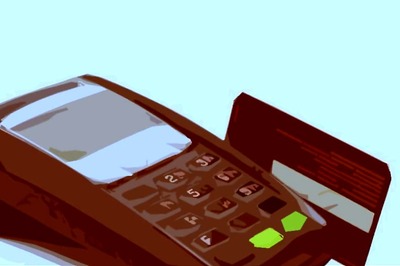

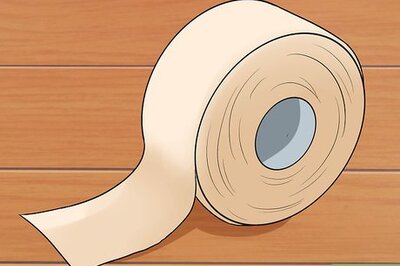


Comments
0 comment